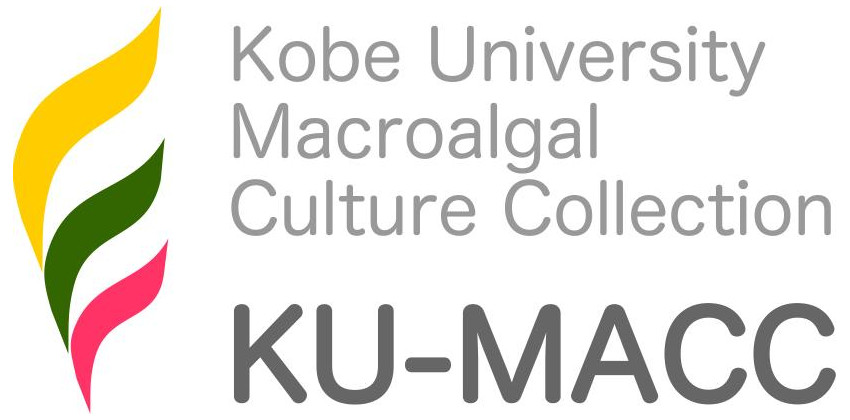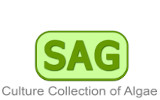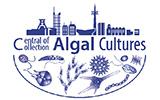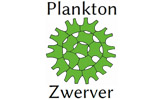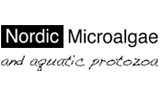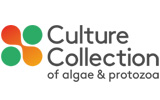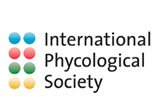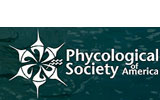Bibliographic Detail
Kraft, G.T. & Saunders, G.W., 2025
Reference:
Kraft, G.T. & Saunders, G.W. (2025). The Dicranemataceae (Gigartinales, Rhodophyta) revisited: molecular data indicate polyphyly in yet another wholly or primarily Australian endemic family. Australian Systematic Botany 38(SB24030): 1–24, 11 figures.
Publication Date:
"Published: 20 March 2025"
Abstract:
The Dicranemataceae was monographed morphotaxonomically by Kraft in 1977, to which the four genera Dicranema Sond., Peltasta J.Agardh., Reptataxis Kraft and Tylotus J.Agardh were attributed. All, save for a species of Tylotus J.Agardh (from east Asia), were endemic to Australia. Additions (in 2006 and 2014 respectively) were the genus Pinnatiphycus N’Yeurt, Payri & P.W.Gabrielson from New Caledonia and Fiji and a new species of Tylotus from Hawaii. General features emphasised by Kraft were similarities of apical and internal structure, zonate tetrasporangia, monoecious gameto-phytes and placentate cystocarps. The genera did not show uniformity in regard to thallus habits and especially carposporophytes, however, the major differences of which were not accorded any family-level significance. Two later studies, N’Yeurt et al. in 2006 and Kraft et al. in 2014, presented limited molecular data but did not treat the family as a whole or fully resolve relationships between all of the taxa, leaving Kraft’s assumption that the family was monophyletic unchallenged. We address all of the genera, both anatomically and molecularly, and support proposal of two new families, the Peltastaceae and Tylotaceae, in addition to a monogeneric Dicranemataceae. A new genus and species of Peltastaceae, Peltastanomala virantra G.W.Saunders & Kraft, has unique axial and spermatangial anatomies and an unexpected family association with Peltasta. Two additional new genera and species (Chambersius thyrsus G.W.Saunders & Kraft and Huismanophycus marinus G.W.Saunders & Kraft) are even more dissimilar to Peltasta in habit and structure but weakly allied to the Peltastaceae on molecular evidence. Both are therefore regarded as incertae sedis.
DOI:
https://doi.org/10.1071/SB24030

